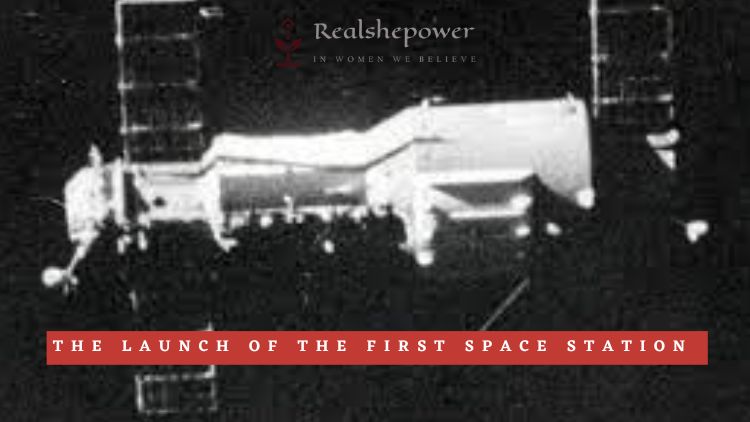Spaceships: Voyaging Beyond the Blue, Into the Great Unknown


The vast expanse of space has always been a source of wonder and intrigue for humanity. From ancient civilizations that gazed at the stars in awe to modern scientists and engineers building sophisticated machinery to explore the cosmos, our fascination with the universe remains undiminished. At the heart of this exploration lies an iconic symbol of human ingenuity and ambition: the spaceship.
A Glimpse into History
The concept of a spaceship, a vehicle designed for travel or operation in outer space, has been a part of human imagination long before it became a reality. Ancient texts and myths from various cultures hint at celestial chariots or vessels that could traverse the heavens. However, the real journey began in the 20th century with the advent of rocket science and the space race.
The launch of Sputnik by the Soviet Union in 1957 marked the beginning of space exploration. This was soon followed by the Apollo missions by NASA, culminating in the historic Apollo 11 mission in 1969 when humans first set foot on the Moon. These monumental achievements were made possible by spaceships, marvels of engineering that could withstand the harsh conditions of space and ensure the safety of their occupants.
The Anatomy of a Spaceship
A spaceship is not just a vessel; it’s a microcosm of Earth’s environment. To sustain life in the vacuum of space, a spaceship must address several challenges:
- Life Support Systems: These systems ensure that astronauts have a continuous supply of oxygen and that carbon dioxide is removed from the air. They also regulate temperature and humidity within the spaceship.
- Propulsion: Spaceships utilize rocket engines that expel propellant at high speeds to generate thrust. The vast distances in space require efficient propulsion systems.
- Communication: In the vastness of space, staying connected to Earth is crucial. Spaceships are equipped with advanced communication systems to transmit data and receive instructions.
- Navigation: Navigating in space is vastly different from Earth. Spaceships use onboard computers, star trackers, and gyroscopes to determine their position and trajectory.
- Protection: Space is fraught with dangers, from micro-meteoroids to harmful cosmic and solar radiation. The spaceship’s hull and shielding protect its occupants from these hazards.
The Evolution of Spaceship Design
From the rudimentary designs of the early space age to the sleek and sophisticated vessels of today, spaceship design has undergone a significant evolution. The focus has shifted from mere exploration to efficiency, reusability, and sustainability.
Companies like SpaceX and Blue Origin are pioneering this new era of spaceship design. SpaceX’s Starship, for instance, is envisioned as a fully reusable spacecraft that can carry humans to destinations like Mars. Such innovations are not just about advancing technology but also about making space travel more accessible and sustainable.
Spaceships and the Promise of Interstellar Travel
While our current spaceships have allowed us to explore our solar system, the dream of many space enthusiasts is interstellar travel – voyaging to other stars and their planets. The distances involved in such journeys are incomprehensibly vast. For instance, the nearest star, Proxima Centauri, is over 4 light-years away. With current propulsion technologies, a trip there would take tens of thousands of years!
However, scientists and engineers are exploring concepts like the warp drive, which involves bending or “warping” space-time itself, or using high-powered lasers to propel a spaceship at a significant fraction of the speed of light. While these ideas might sound like science fiction, they are grounded in the laws of physics and represent the cutting edge of spaceship research.
Spaceships: More Than Just Machines
Spaceships are a testament to human curiosity, ambition, and perseverance. They represent our innate desire to explore, understand, and connect. Every time a spaceship launches, it carries with it the hopes and dreams of humanity. It’s a symbol of our quest for knowledge and our place in the cosmos.
Moreover, as we stand on the cusp of commercial space travel, spaceships are set to redefine our relationship with space. Companies like Virgin Galactic and SpaceX aim to make space travel accessible to civilians, making spaceships as commonplace as airplanes.
Conclusion
The journey of the spaceship, from a distant dream to a tangible reality, mirrors humanity’s journey in understanding our universe. As we continue to push the boundaries of technology and imagination, the spaceship will remain our companion, guiding us through the mysteries of the cosmos. In the words of Carl Sagan, “The sky calls to us. If we do not destroy ourselves, we will one day venture to the stars.” And when we do, it will be aboard the magnificent vessel known as the spaceship.
11 Fascinating Psychology Quotes From “Carl Jung” To Inspire Your Inner Wisdom

Salyut 1: The Launch that Changed Space Exploration Forever

Gwynne Shotwell Is The Right Hand Of Elon Musk

You can now write for RealShePower and be a part of the community. Share your stories and opinions with us here.
